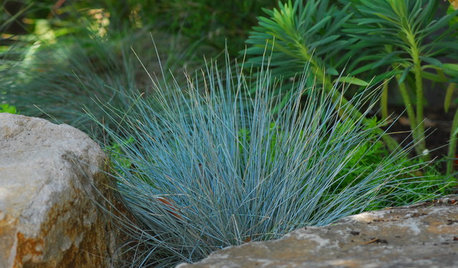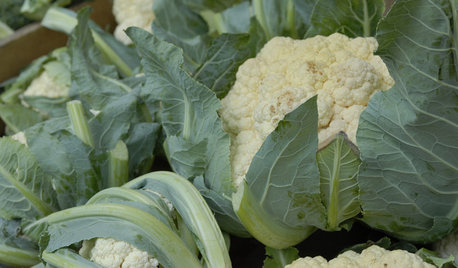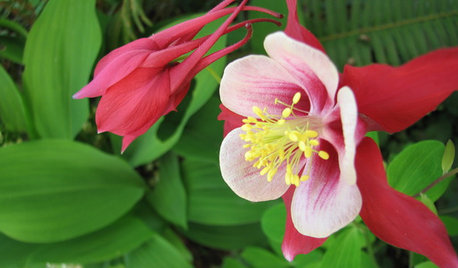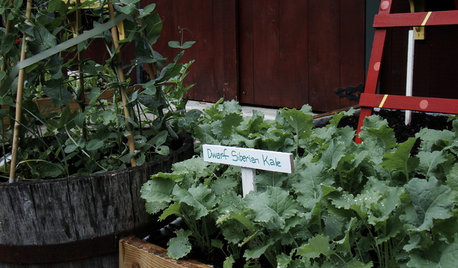growing blue fescue from seed
dawgie
18 years ago
Featured Answer
Comments (19)
Vera_EWASH
18 years agoRelated Professionals
Leawood Landscape Architects & Landscape Designers · Williamsburg Landscape Contractors · La Mirada Landscape Contractors · Live Oak Landscape Contractors · Milton Landscape Contractors · New Cassel Landscape Contractors · Saint Paul Landscape Contractors · Wethersfield Landscape Contractors · Brooklyn Center Solar Energy Systems · Green Valley Solar Energy Systems · Imperial Beach Solar Energy Systems · Coronado General Contractors · New Bern General Contractors · Red Wing General Contractors · Joppatowne General Contractorsdawgie
18 years agodonn_
18 years agoernestm
18 years agodawgie
18 years agodonn_
18 years agojulie79
18 years agodawgie
18 years agojulie79
18 years agodonn_
18 years agopalves
17 years agodonn_
17 years agopalves
17 years agodonn_
17 years agoluckynes13
13 years agoWill_
9 years agoSuziQtoo
9 years agodonn_
9 years ago
Related Stories

LANDSCAPE DESIGNGreat Design Plant: Blue Fescue
Is there anywhere this grass doesn't look great? Bonus: It outlasts other grasses in color and doesn't hog water
Full Story
CONTAINER GARDENS8 Easy Container Plants to Grow From Seed
Get beautiful blooms and herbs in summer by starting these choice garden picks from seed in spring
Full Story
GARDENING GUIDESHow to Plant a New Lawn From Seed
Choose from more grass varieties and save money over sod by starting your lawn from seed
Full Story
MOST POPULARSummer Crops: How to Grow Sunflowers
Savor snack-tastic sunflower seeds once the radiant blooms have faded — if the birds have saved you any, that is
Full Story
GARDENING GUIDESGreat Design Plant: Blue Sage
True blue and adored by hummingbirds, blue sage is easy to grow from seed in a sunny fall garden
Full Story
GARDENING GUIDESCool-Season Vegetables: How to Grow Cauliflower
It may be fussy about growing conditions, but the taste of cauliflower fresh from your fall garden is worth the effort
Full Story
GARDENING FOR BUTTERFLIESGreat Design Plant: Columbine Grows Happily in Shade and Sun
Its ethereal beauty comes from complex forms and wide-ranging colors, but columbine’s benefits are highly attractive too
Full Story
SUMMER FRUITS AND VEGETABLESHow to Grow Your Own Fresh, Sweet Corn
Here's how to plant and care for your own mini cornfield
Full Story
EDIBLE GARDENSCool-Season Vegetables: How to Grow Kale
This leafy green superfood is also a superhero in the garden through fall chills and winter snow
Full Story
SUMMER FRUITS AND VEGETABLESSummer Crops: How to Grow Beans
Grow your own beans for amazing variety and healthy, convenient produce all summer
Full StoryMore Discussions







donn_